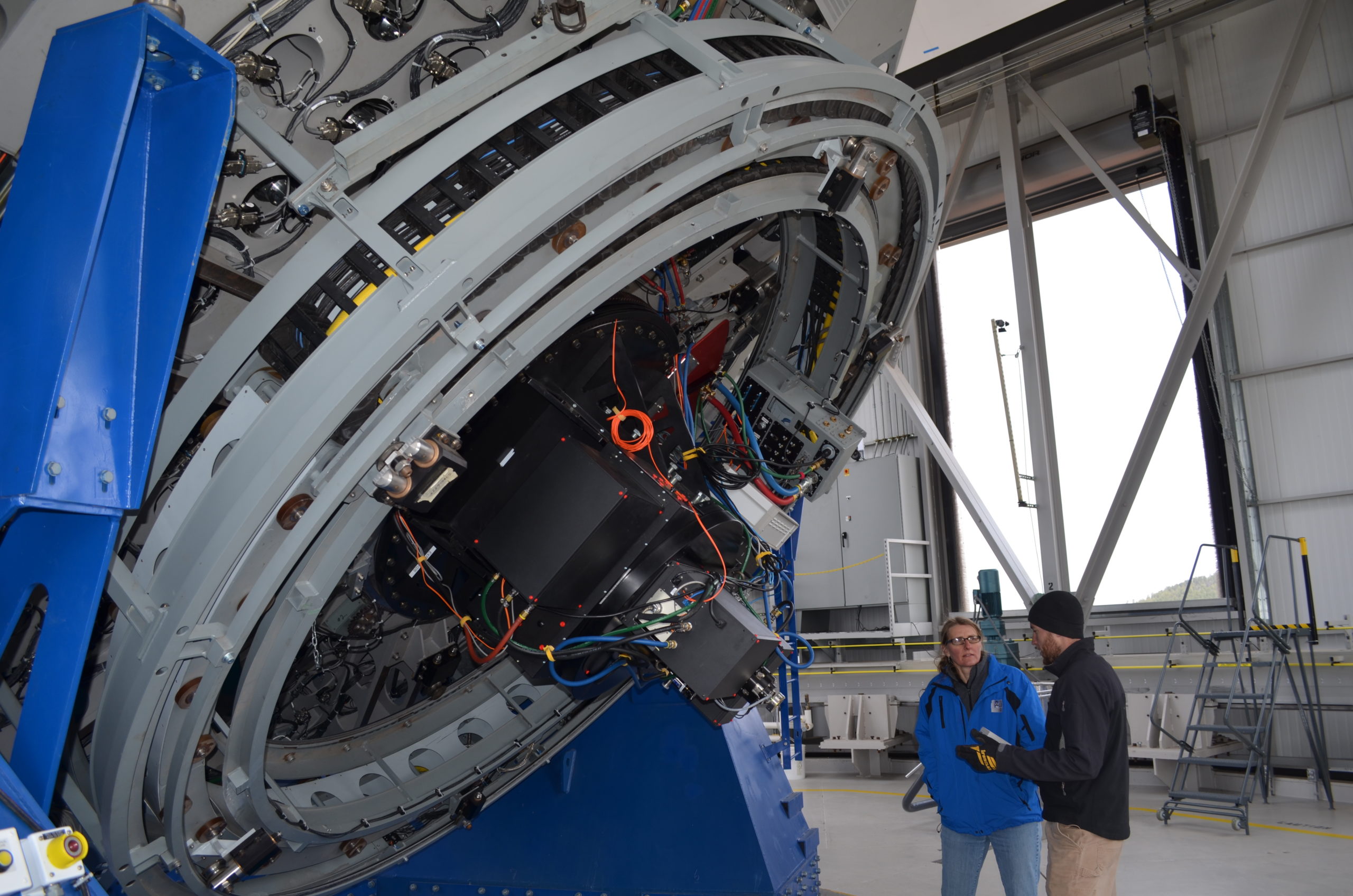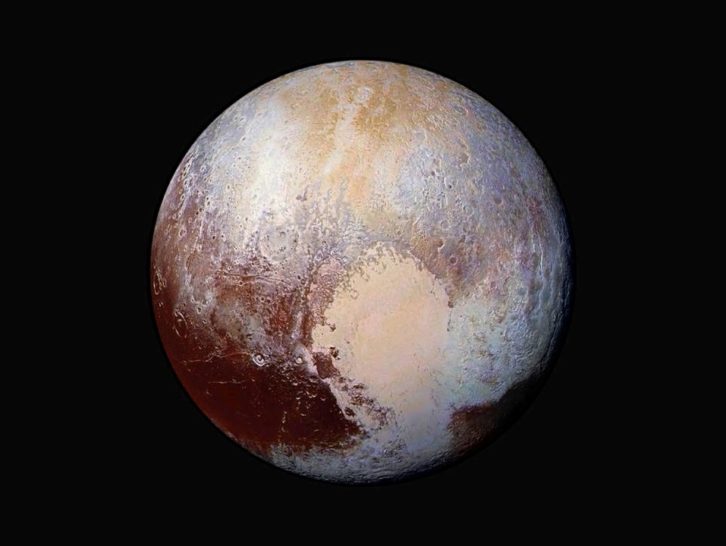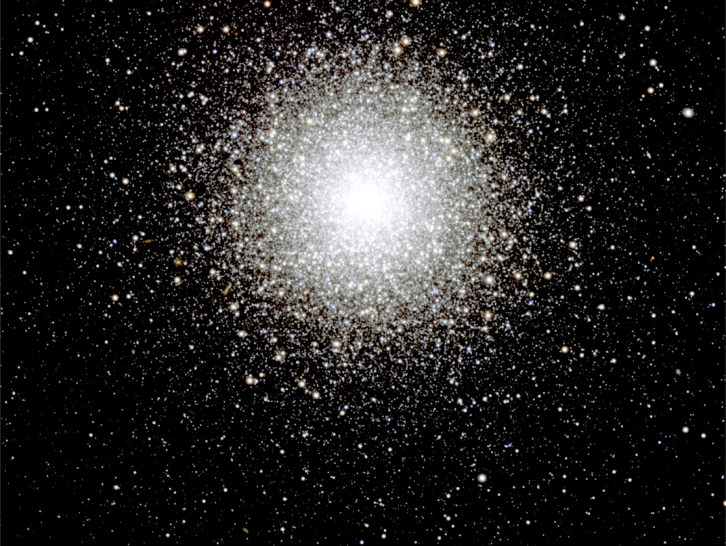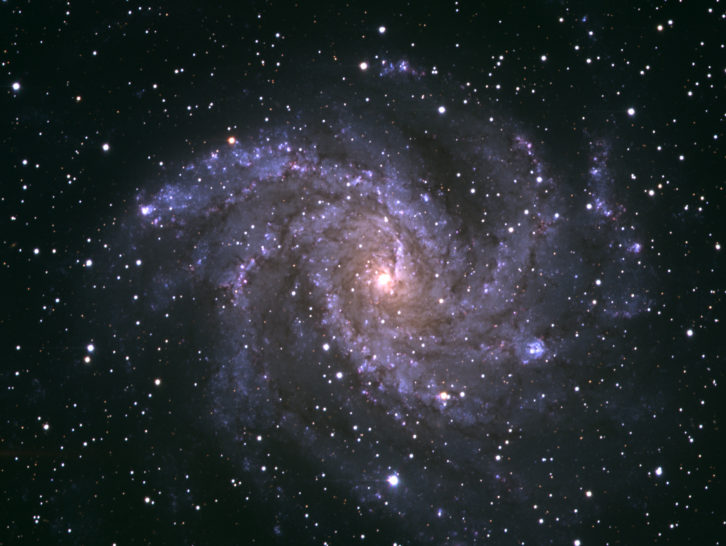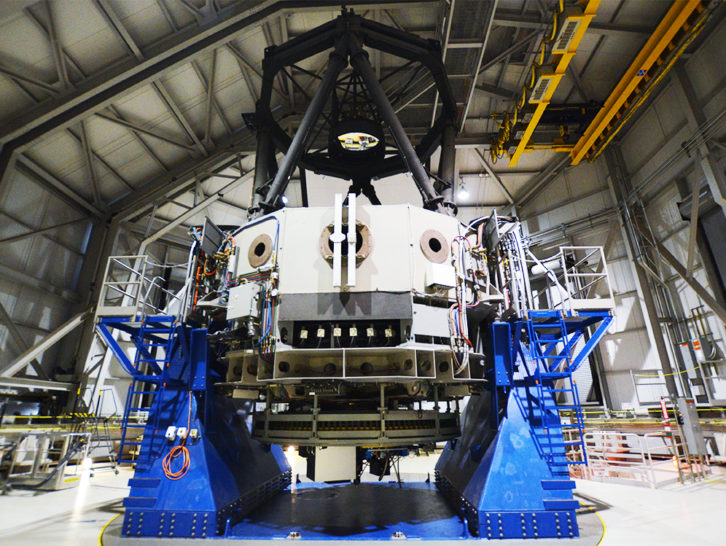In recent years, the world has celebrated the 50th anniversary of the Apollo missions to the Moon, when humans stepped onto another world. Organizations from across the country, including many in Flagstaff, played key roles in preparing for and carrying out these celebrated voyages of exploration. At Lowell, a branch of the U.S. Air Force called the Aeronautical Chart and Information Center rented the 24” Clark Refractor and later, the 20” Morgan Telescope, to create detailed maps of the lunar surface. The second class of astronauts, which included the likes of Neil Armstrong and Jim Lovell, also visited Lowell during a training trip to Flagstaff.
